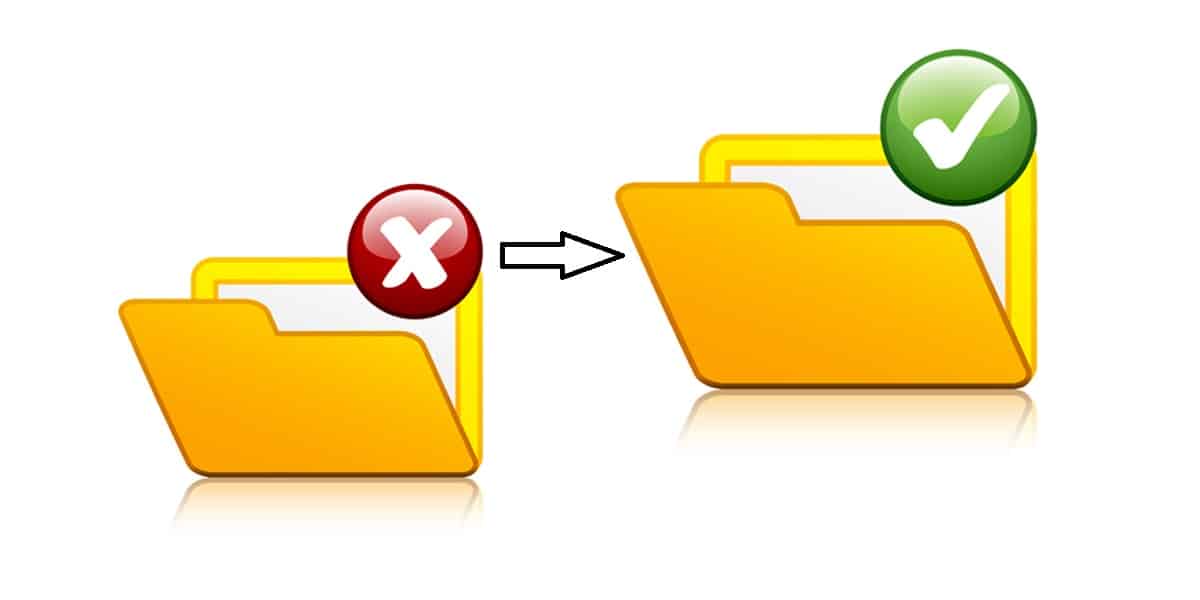If you’ve ever deleted a folder by mistake, you know the panic that sets in. You think that when you click “delete” on something, it’s gone forever. But that’s not always the case. You may be able to recover deleted folder using a few different methods.
This guide will show you how to recover permanently deleted folders on Windows 10/11.
Can a deleted folder be recovered?
“Permanently deleted” is a misnomer. Files deleted in Windows are not actually permanently deleted until the space they occupy is overwritten by new data.
If you delete a file or folder and then empty the Recycle Bin, you can still recover deleted folder Windows 10/11 data as long as no new files have been written to the hard drive since the deletion occurred.
Furthermore, if you’ve overwritten deleted data, there’s still a chance to retrieve it. You’ll need an older backup to recover your lost data in this situation.
You can also try using data recovery software if you don’t have a backup. This software scans your hard drive for deleted files and attempts to recover them. However, there’s no guarantee that it will be successful. In most cases, data that has been overwritten cannot be recovered.
Restore Permanently Deleted Folder from Windows Backup
The Windows Backup is a feature integrated into the operating system. It helps users create a backup of their data to prevent data loss in case of system failure or other unforeseen circumstances.
When you create a backup, Windows will create a copy of your files and save them. You can then use this backup to restore your files if they are lost or corrupted.
Note: You can only use this method for permanently deleted folder recovery if you have previously created a backup of your data.
1. Open the Settings App.
2. Head to System > Recovery.
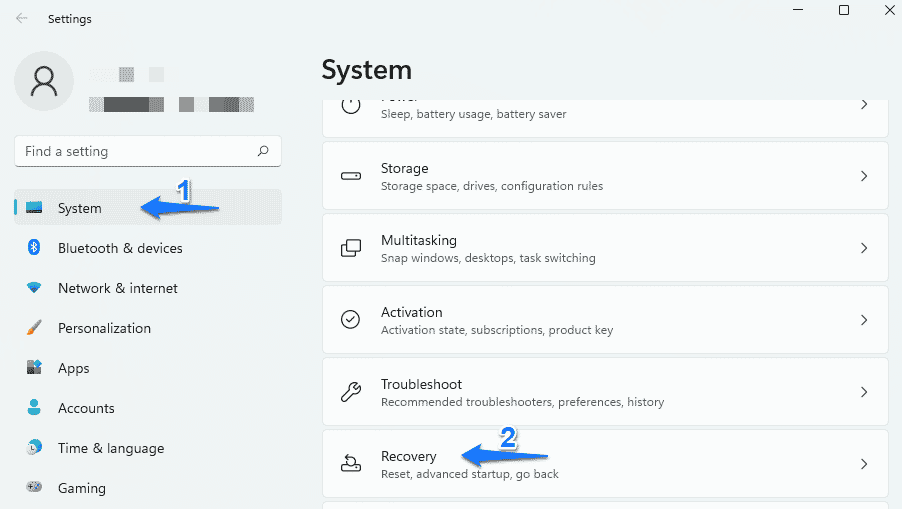
3. Next to the Advanced startup option, click Restart now.
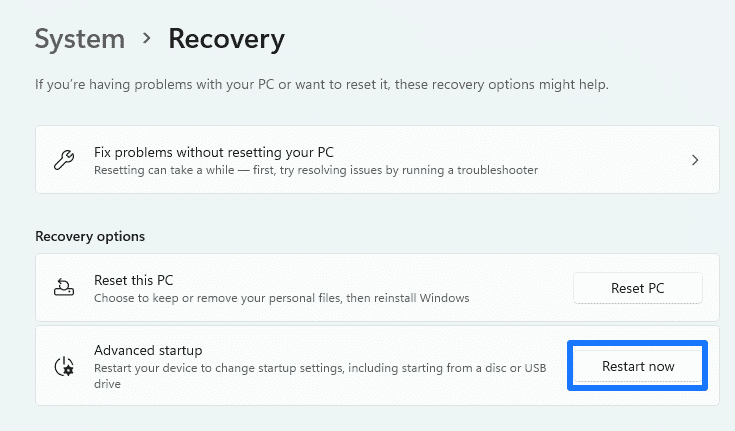
4. Go to Troubleshoot > Advanced options > System Image Recovery.
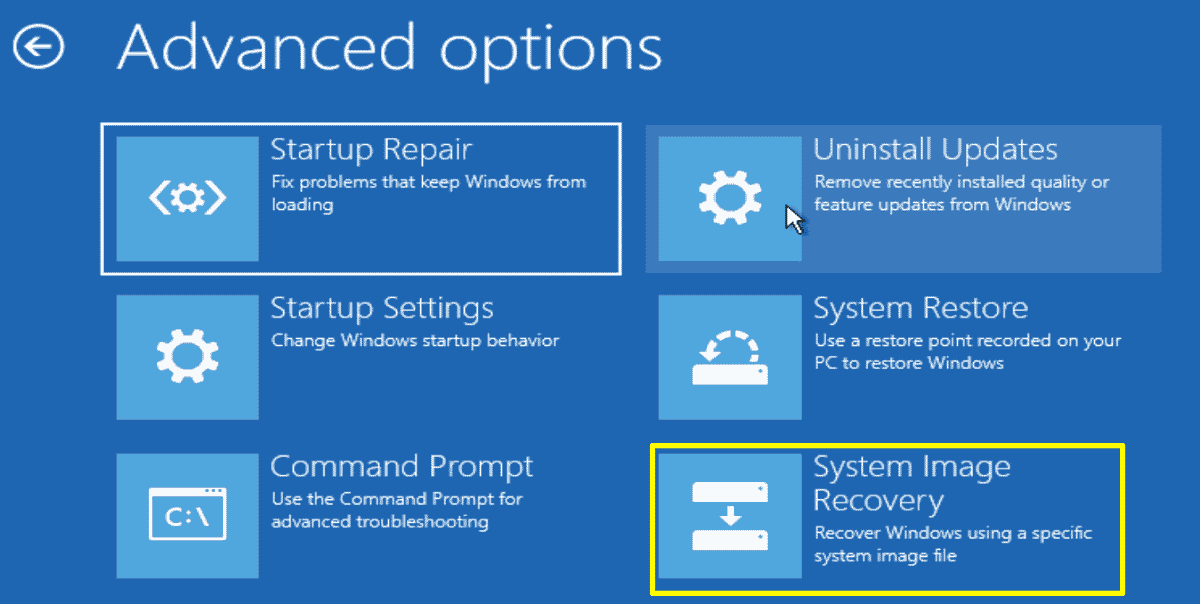
5. In the next window, select the system image you want to use and follow the prompts to restore your files.
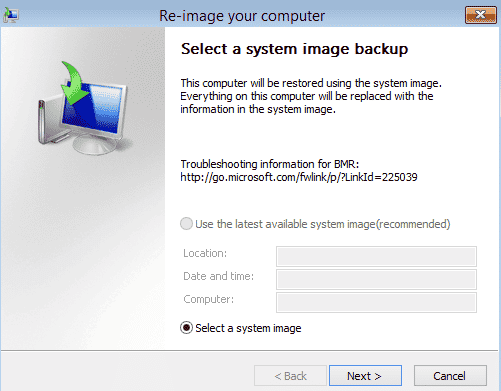
Restore Deleted Folder from Previous Versions on Windows 10/11
Previous Version is a feature in Microsoft Windows that automatically creates shadow copies of files as backups, allowing users to view and restore older versions of their files.
However, these files come from two sources: File History and System Restore. So, if you don’t have File History turned on, or if the deleted folder isn’t included in a System Restore point, this method won’t work.
1. To use this feature, right-click the folder containing the deleted folder and select Properties.
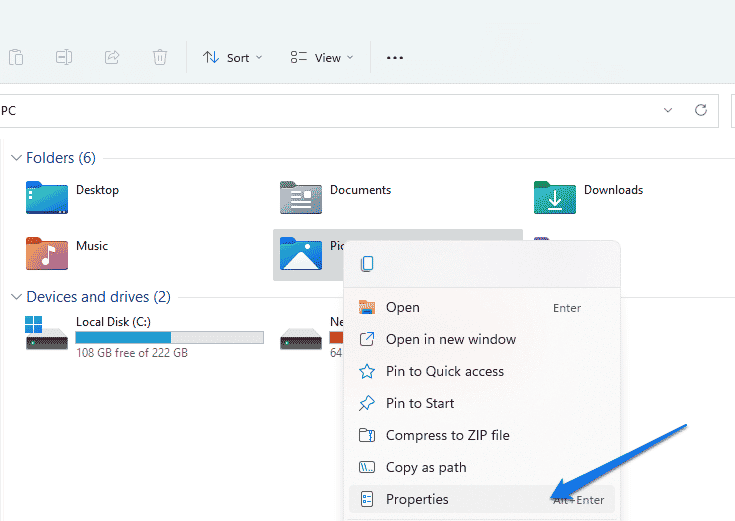
2. Click the Previous Version tab.
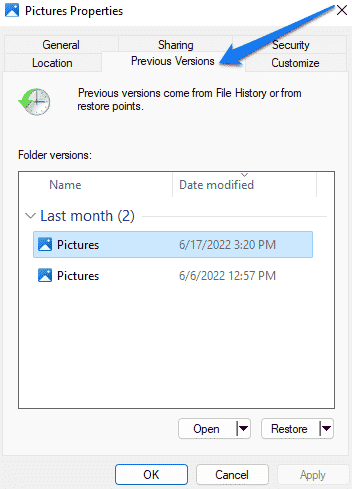
3. You will see a list of all available shadow copies of that folder, sorted by date. Select the most recent one and click Restore.
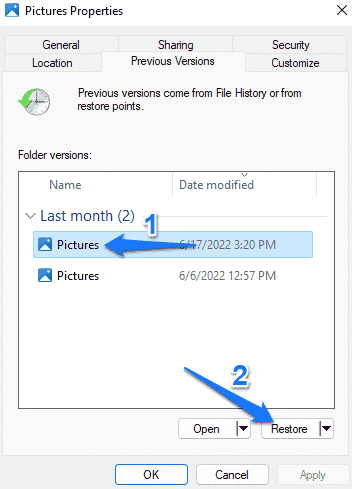
4. The selected shadow copy will be restored to its original location.
Recover Permanently Deleted Folders with A Data Recovery Software
Data Recovery Software are programs that can scan your hard drive for deleted files and attempt to recover them. There are many options available. However, we recommend using Tenorshare 4DDiG Windows Data Recovery.
This reliable data recovery software can recover permanently deleted files from PC, Mac, Hard Drive, USB, SD Card, Camera, SSD, and other external devices.
It supports more than 550+ file types like Photo, Video, Audio, Office Documents, Archives, etc. So, you can ensure that it will be able to recover your permanently deleted folders.
Note: The free version only allows you to scan the drive and preview the recoverable data. To save the recovered files, you will need to purchase a license. So, I recommend trying the free version first to see if it can find your deleted data. If it does, then you can purchase a license to save your data.
Here is the detailed guide of how to recover deleted folders:
1. Download Tenorshare from their official website and install it on your computer.
2. Open the software. Hover over the drive you want to scan and click the Scan button.
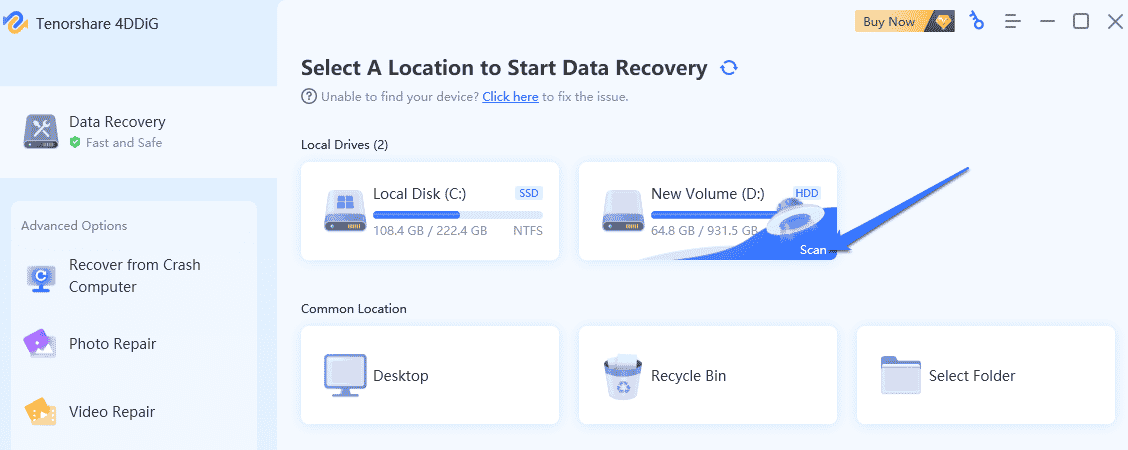
3. Select the file type you want to scan for the click Scan Selected File Types. If you want to scan all file types, select Scan All File Types.
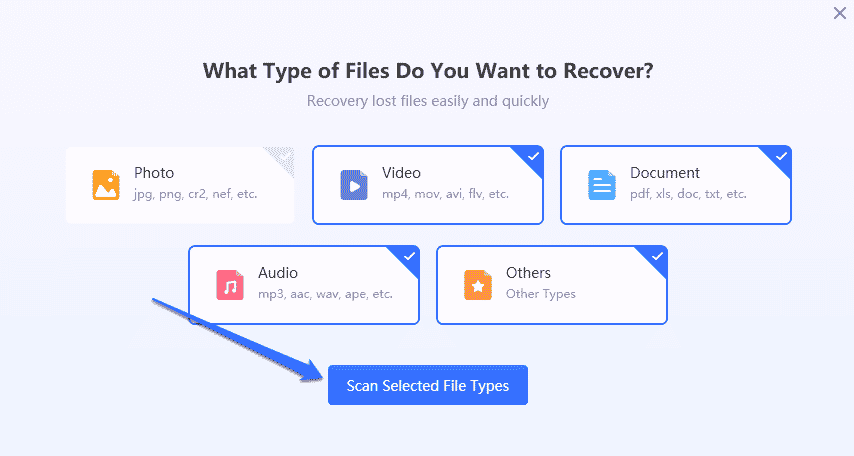
4. The scan will start and will take some time to complete. Once done, you will see a list of all the files found.
5. Select the files you want to recover and click Recover.
FAQS
1. How can I prevent data loss in the future?
There are a few things you can do to prevent data loss in the future:
- Make sure to create regular backups of your data.
- Be careful when deleting files.
- Don’t install any unknown software on your computer. This could lead to malware that could delete your data.
2. How can I tell if a file is permanently deleted?
When you delete a file, it is not permanently deleted. The file is still there, but it is now marked as deleted. This means that the space that the file occupied on your hard drive is now free and can be overwritten by new data.
Once the space is overwritten, the file is permanently deleted, and it will be hard, if not impossible, to recover it.
3. How to recover deleted files without backup?
If you don’t have a backup, you can try using a data recovery software like Tenorshare 4DDiG Windows Data Recovery. This software can scan your hard drive for deleted files and attempt to recover them.
Final Thoughts
Losing important data can be a frustrating experience. However, following the guide on how to recover deleted folder in Windows 10/11 above, you should be able to recover your permanently deleted folders.
Just remember to create regular backups of your data to prevent this from happening in the future.

